India's plastic problem has reached a breaking point. With the nation now ranked as the world’s highest plastic polluter, the environmental and health consequences of this crisis can no longer be ignored. But here’s the uncomfortable truth—are you part of the problem? Let's explore the scale of India’s plastic pollution and how we, as individuals, can reduce our plastic footprint.
India’s Plastic Pollution Crisis: The Scale of the Problem
A study published in Nature found that globally, 251 mt of plastic waste is generated each year, with 52.1 mt unmanaged, either burned or left as debris. India is a significant contributor to global plastic pollution, accounting for one-fifth of the total, as highlighted by a recent study in Nature. The country generates approximately 5.8 million tonnes (mt) of plastic waste through burning and releases an additional 3.5 mt into the environment. This brings India's total annual plastic pollution to 9.3 mt, surpassing countries like Nigeria, Indonesia, and China.
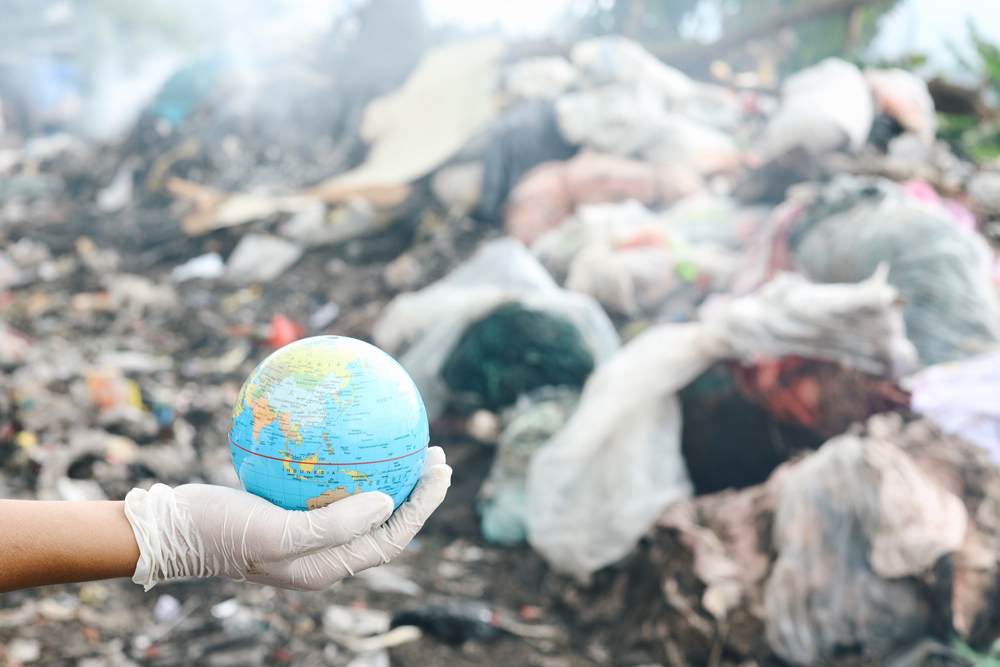
Image used for representational purposes only.
A key issue is the large amount of “unmanaged” waste—plastic that is neither recycled nor properly disposed of, but instead ends up in the environment as debris or is openly burned. The latter is particularly harmful, releasing toxic gases that contribute to respiratory and neurological health problems. India's waste management systems struggle to keep up with the amount of plastic generated, leading to widespread pollution.
The study highlights a clear divide between the Global North and South in handling plastic waste. High-income countries (HICs) generally manage all of their plastic waste, while nations like India, in the Global South, face inadequate waste management infrastructure, leading to significant plastic emissions. Despite producing more waste, no HIC ranks among the top plastic polluters, underscoring the impact of waste collection systems in curbing pollution.
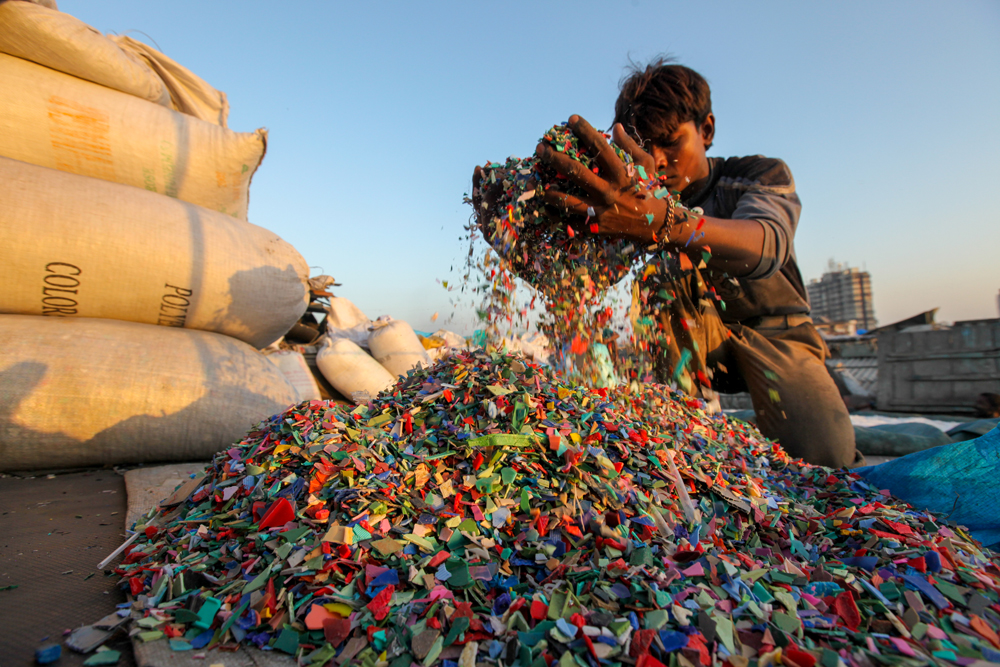
Image used for representational purposes only.
This research arrives amid ongoing negotiations for a legally binding international treaty on plastic pollution, with different global factions debating whether to focus on reducing plastic production or improving waste management.
Key Sources of Plastic Pollution in Daily Life
Think about your everyday routine. From that early morning coffee cup to the packaged snacks, almost everything we use comes wrapped in plastic. Here are some common but overlooked sources of plastic pollution in our daily lives:
Single-use plastics: Straws, bags, bottles, cutlery, and wrappers. They’re everywhere, yet we use them for only minutes before discarding them.
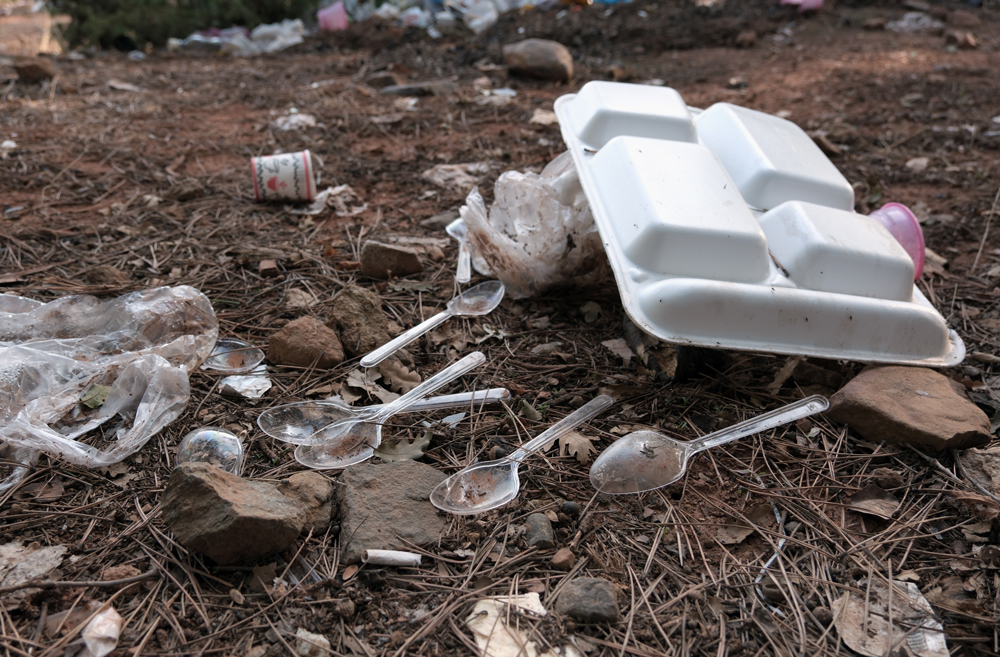
Image used for representational purposes only.
Packaging materials: That innocent-looking grocery haul? Often wrapped in layers of plastic that go straight into the trash.
Cosmetics and toiletries: Many personal care products come in non-recyclable plastic packaging, contributing to landfill waste.
Clothing: Polyester, nylon, and other synthetic fabrics shed microplastics with every wash, which then end up in our water systems.
How You Might Be Contributing Unknowingly
It’s easy to think that plastic pollution is a corporate or governmental issue. But as consumers, our daily habits play a significant role. Here’s how you might be contributing without realising it:
Buying packaged goods: Every time you choose the convenience of pre-packaged products, you’re adding to the plastic problem.
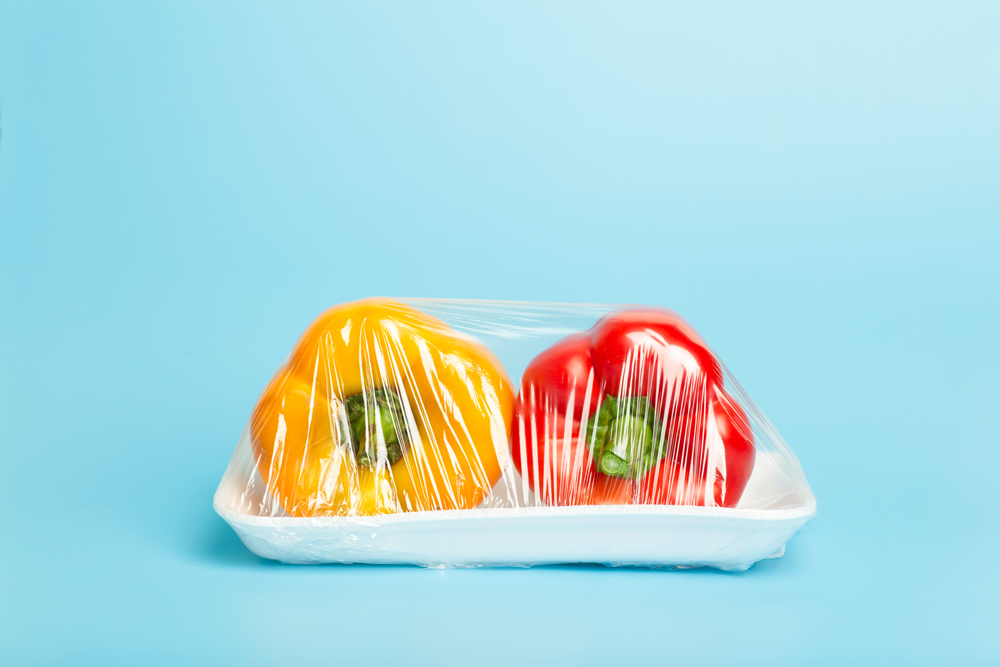
Image used for representational purposes only.
Over-reliance on disposables: Whether it’s using plastic utensils or grabbing bottled water on the go, these small actions quickly add up.
Not recycling correctly: India’s waste management system is limited, and many of us don’t recycle effectively at home, leaving tons of plastic to end up in landfills.

Image used for representational purposes only.
Wearing synthetic clothing: Every wash cycle releases microplastics into the water system, which then flow into oceans and rivers.
Steps to Reduce Your Plastic Use
The good news is that every one of us can take steps to reduce our plastic footprint. It’s about making conscious decisions, and while individual actions might seem small, they contribute to a collective impact. Here are some steps you can take to reduce your plastic use:
Ditch single-use plastics: Start carrying a reusable water bottle, shopping bag, and cutlery set. The less single-use plastic you consume, the smaller your contribution to the waste crisis.

Image used for representational purposes only.
Shop smarter: Opt for products that use minimal or eco-friendly packaging. Better yet, buy in bulk where possible or from zero-waste stores that allow you to bring your own containers.
Recycle properly: Learn about your local recycling system and make sure you’re sorting your waste correctly. Rinse containers before recycling them, and avoid throwing non-recyclable plastics into recycling bins.
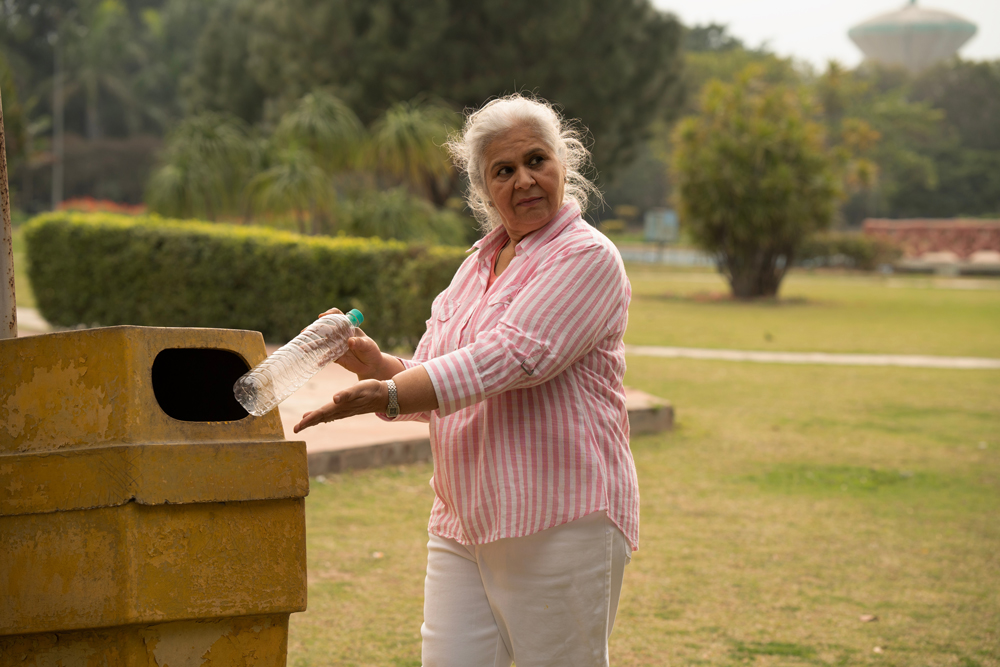
Image used for representational purposes only.
Choose eco-friendly alternatives: Switch to bamboo toothbrushes, metal straws, and natural fibre clothing. These small swaps add up over time and reduce your reliance on plastic.
Be mindful of fast fashion: Reduce your consumption of synthetic fabrics and support sustainable fashion brands that prioritise eco-friendly materials and ethical production practices.
Avoid microplastics: Many personal care products contain microplastics in the form of beads or particles. Check labels and choose natural, plastic-free alternatives.
Are You Ready to Be Part of the Solution?
India’s plastic pollution crisis might feel overwhelming, but every small change we make counts. Reflect on your own habits—are you unknowingly contributing to the problem? It’s time to switch from convenience to consciousness. By choosing eco-friendly alternatives and reducing your plastic use, you can be part of the solution. The planet—and future generations—will thank you for it.

Image used for representational purposes only.